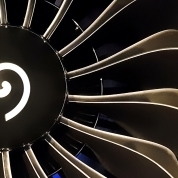
Sign in to follow this
Followers
0

How to replace a power supply?
By
threexgreen, in System Hardware: PC | MOBO | RAM | CPU | HDD | SSD | PSU etc


By
threexgreen, in System Hardware: PC | MOBO | RAM | CPU | HDD | SSD | PSU etc